would you share your shellac removal process with me?
marcydc
13 years ago
Featured Answer
Comments (14)
sombreuil_mongrel
13 years agobrickeyee
13 years agoRelated Professionals
College Park Kitchen & Bathroom Designers · San Jacinto Kitchen & Bathroom Designers · Artondale Kitchen & Bathroom Remodelers · Brentwood Kitchen & Bathroom Remodelers · Cocoa Beach Kitchen & Bathroom Remodelers · Honolulu Kitchen & Bathroom Remodelers · Republic Kitchen & Bathroom Remodelers · Sweetwater Kitchen & Bathroom Remodelers · Vienna Kitchen & Bathroom Remodelers · West Palm Beach Kitchen & Bathroom Remodelers · Baton Rouge Architects & Building Designers · Cloverly Architects & Building Designers · Dania Beach Architects & Building Designers · Panama City Beach Architects & Building Designers · Yeadon Architects & Building Designersmarcydc
13 years agoliriodendron
13 years agojoyce_6333
13 years agodirt_cred
13 years agosombreuil_mongrel
13 years agomarcydc
13 years agoDebbie Downer
13 years agobrickeyee
13 years agocolumbusguy1
13 years agomarcydc
13 years agobrickeyee
13 years ago
Related Stories
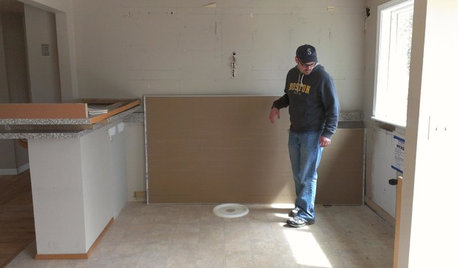
KITCHEN DESIGNStylish New Kitchen, Shoestring Budget: See the Process Start to Finish
For less than $13,000 total — and in 34 days — a hardworking family builds a kitchen to be proud of
Full Story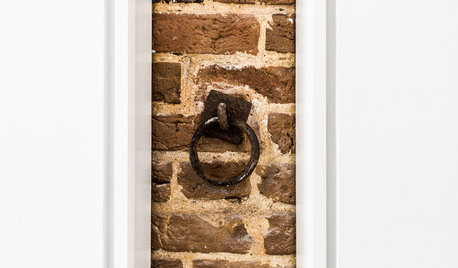
LIFEYou Said It: ‘Rather Than Remove Them, They Framed Them’
Design advice, inspiration and observations that struck a chord this week
Full Story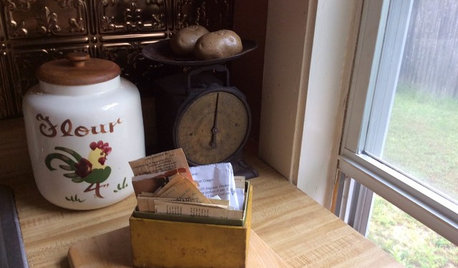
KITCHEN DESIGN5 Home Cooks Share Their Favorite Family Recipes
Peek inside the kitchens of these Houzz users and learn how to cook their time-tested, passed-down dishes
Full Story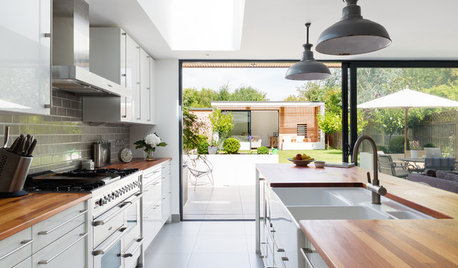
KITCHEN DESIGNA Designer Shares Her Kitchen-Remodel Wish List
As part of a whole-house renovation, she’s making her dream list of kitchen amenities. What are your must-have features?
Full Story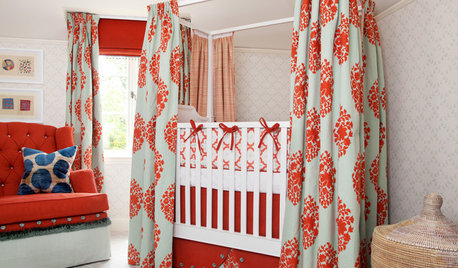
KIDS’ SPACES8 Tips for Peaceful Bedroom Sharing With Baby
Enjoy better sleep, neatness and enough space for everyone’s things with these shared-room strategies
Full Story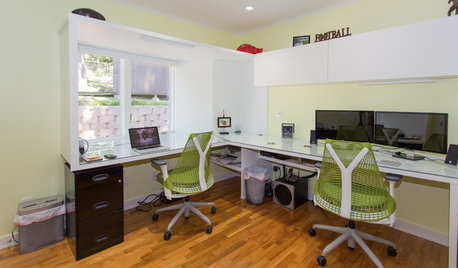
HOME OFFICESShare a Home Office, Keep Your Marriage
Set up a workspace that gets the job done and keeps the peace, with this advice from a homeowner who did it
Full Story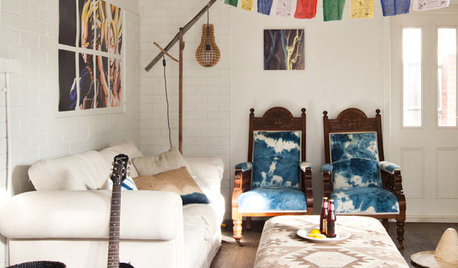
LIFETelltale Signs You Live in a Shared House
A fight for counter space and a spreadsheet to organize your morning showers — yep, you have housemates
Full Story
COASTAL STYLEHouzz Call: Share Your Waterfront Views of Summer
We want to see your favorite coastal-home or shoreline views. Post yours in the Comments, and we’ll feature the best in a future article
Full Story
FALL GARDENINGWhat Monarch Butterflies Taught Me About Garden Design
Thinking like a butterfly leads to fresh perspectives in the garden and in life
Full Story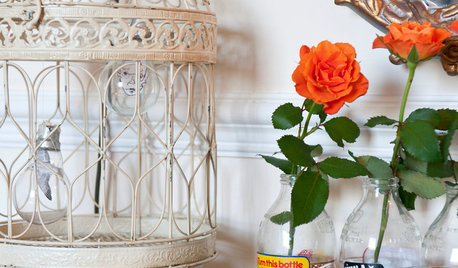
LIFEDesign Lessons My Mother Taught Me
In honor of Mother’s Day, professionals on Houzz reflect on the design and style wisdom their mothers passed on
Full StoryMore Discussions







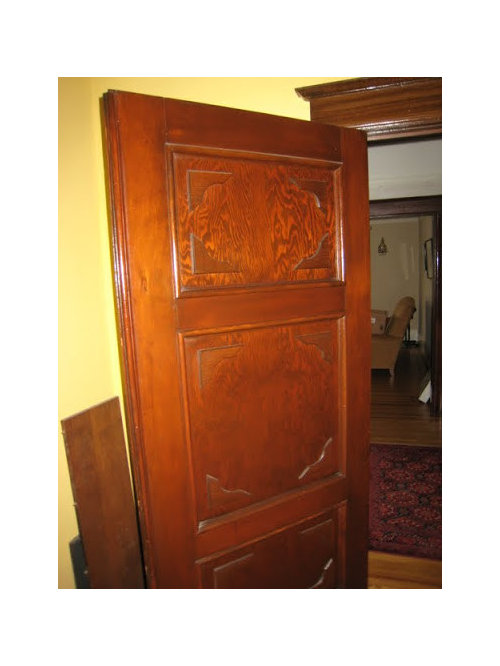
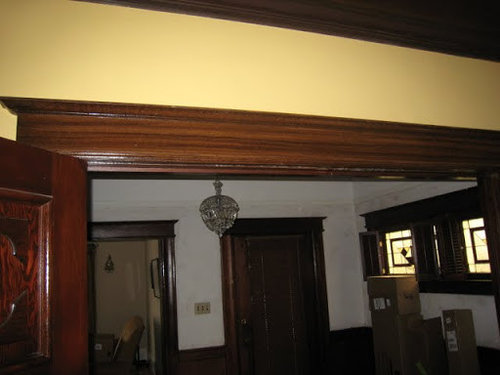

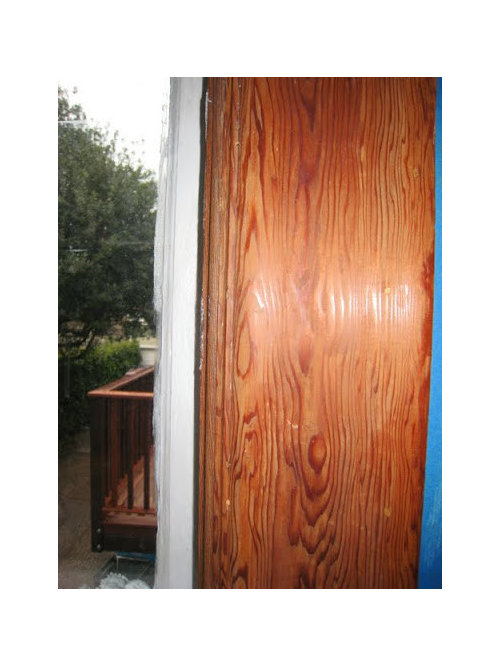




columbusguy1